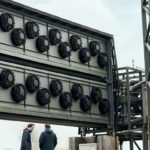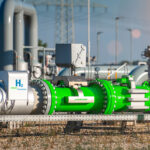
The Economist reports on how big tech is coping with AI’s power needs.

- Data centers and cloud computing from Amazon, Meta, and Microsoft used 90 terawatt-hours (twh) of electricity in 2022, as much as Colombia.
- To satiate their growing energy needs, tech companies are increasingly turning to clean forms of energy.
- Amazon, for instance, has bought a data center that runs on nuclear power and Google is exploring advanced geothermal usage.
- AI’s power demands will be met by private sector innovation and regulatory modernization.
“Google and Microsoft have also teamed up with Nucor, a giant American operator of steel mini-mills, which consume lots of electricity. In March the trio announced that they will aggregate demand and jointly offer contracts to clean-energy projects, both early-stage commercial ones and entirely novel ‘first-of-a-kind’ ventures. The idea is to guarantee custom for developers of promising technologies like long-duration energy storage, clean hydrogen, next-generation geothermal and nuclear energy.”
Read the full article here.









